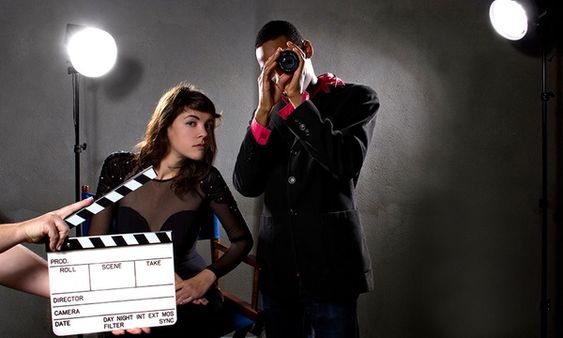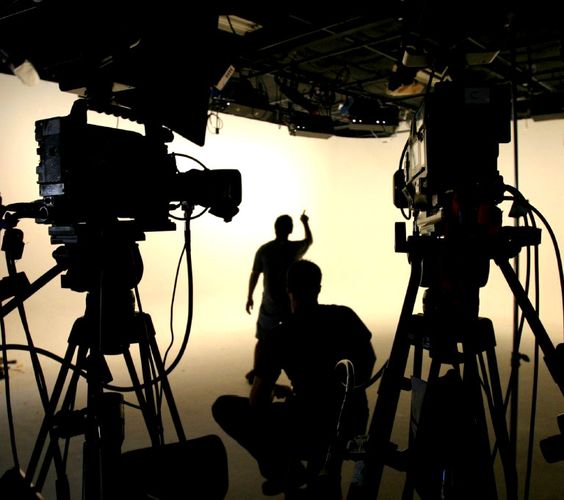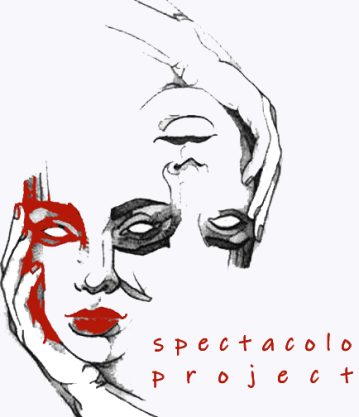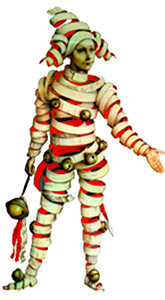
Acting on cam
What makes an actor great actor is their flexibility to adapt their performance when playing on stage or on camera respectively. While on stage your reactions should be bigger and more exaggerated so that even the audience in the back seats can have the same experience as those at the front, acting on camera should be more precise and movement should be smaller because the camera captures every minor detail. So the key is to understand your audience. When talking about filmmaking or TV, your audience is the camera itself. The lens, the angle of the camera, and the focus can affect your performance. But how can a filmmaker have the best result when shooting? The answer is that the coverage is the key.
But what is the coverage?
A film consists of different shots; the total of shots is called coverage. The right coverage is the one that has a lot of shots for editing. A filmmaker should have as many shots as possible so that the scene makes sense. It is important that a shot is at least ten seconds long with a few seconds before the acting and a few seconds later. So, as an actor, you should be ready to act multiple times from different angles and with a different focus on the camera and maybe with a different lens.
Let’s talk now about the various shots:
The wide shot:
A wide shot is filmed with a wide-angle lens, which covers the whole scene and not just parts of it. That means the frame consists of both the actors and the environment around them. Although acting on camera should be more minimal than that on stage, when talking about wide shots, try not to overdo it with minimality. Keep in mind that wide shots cover you from top to bottom, so don’t keep your movements too small in fear of overacting, but don’t overact either! Feel free to move, there is plenty of room for moving around.
The medium shot:
A medium shot has a smaller frame than the wide shot but it is not too small either. This is the point where the filmmakers film each performance of each actor, which means you should be prepared of doing the same scene multiple times.
The close-up:
A close-up shot is a shot that focuses on your face or even your eyes and lips specifically to show your emotion on camera. You may feel a little restricted by this shot but you’ll get used to it!
Always ask the director or the director of photography about the frame of each scene and adapt your acting according to the needs of each shot!
Good luck!



